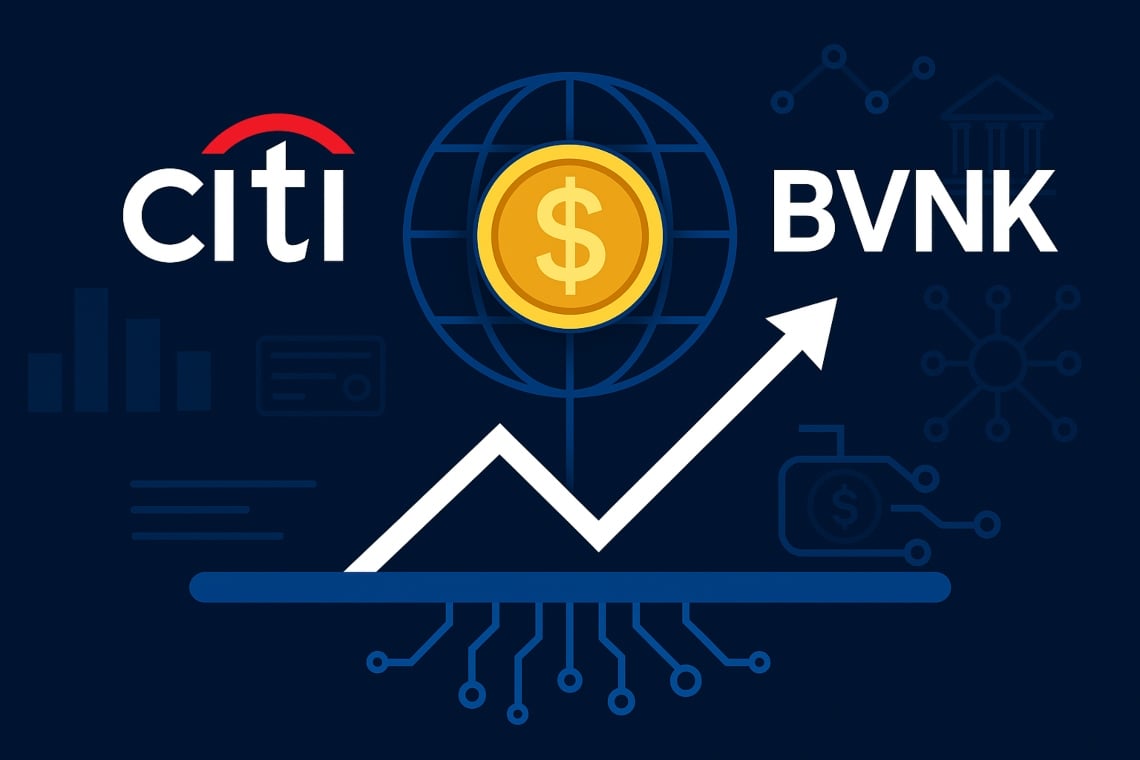Citi bvnk investment marks a notable step in the convergence of traditional finance and digital rails. Citi Ventures has put capital into bvnk, the stablecoin infrastructure firm building rails for tokenised fiat. Read the report.
Stablecoin infrastructure firm: citi ventures stablecoin backing
Why it matters: a major bank’s venture arm backing a stablecoin infrastructure firm may speed product rollout and commercial integrations. For example, banks and custody providers often require proof‑of‑reserves and strict SLAs before routing material flows. In practice, pilot integrations tend to be cautious and staged.
Bvnk stablecoin rails and wall street stablecoin adoption
bvnk’s rails aim to connect fiat liquidity with tokenised balances. As a result, settlement can be faster and operational steps fewer. According to CNBC, BVNK’s co‑founder said: “You’re seeing an explosion of demand for building on top of stablecoin infrastructure.” Thus, market participants will watch liquidity, custody readiness and early volumes closely.
Bank of england stablecoins, genius act stablecoin oversight
Regulatory clarity remains decisive. The Bank of England and other supervisors have signalled caution, while US legislation has moved to clarify oversight. Therefore, firms must satisfy governance, auditability and compliance before scaling. In short, technology alone will not unlock broad adoption without regulatory alignment.
Key facts
- Investor: Citi Ventures — reported by CNBC.
- Target: bvnk — a stablecoin infrastructure firm building rails for tokenised fiat. See coverage at cryptonomist.ch.
- Context: regulators and supervisors are actively shaping rules for stablecoins — see the Bank of England site above.
- Further reading: stablecoin primer at cryptonomist.ch and payments strategy analysis at cryptonomist.ch.
In practice, this investment is meaningful but incremental. Execution, partnerships and regulatory clarity will determine impact. Observers should follow pilot integrations, custody attestations and supervisory guidance as the next signals of wider adoption.
